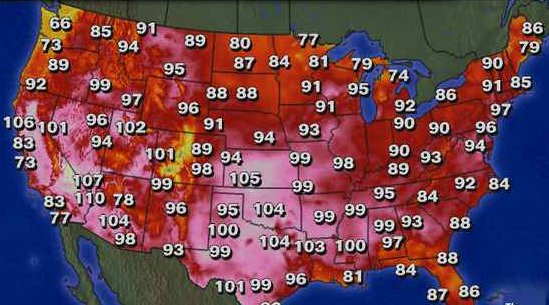I wrote recently that global warming threatens human health in a rather prosaic way: with the warming. Heat kills. I’ve also written on the protective effects of social ties. People who have close friends, family members, and neighbors tend be healthier than those who don’t.
So I was fascinated to hear of new research arguing that a portion of the 800 heat-related deaths during Chicago’s 1995 heatwave can be attributed to inferior social (and economic) infrastructure:
“The neighborhoods with the highest mortality rates were less likely to have stores or other businesses where older people felt comfortable going to, even in the worst heat,” Browning said. “They stayed bunkered in their apartments where they were most at risk for heat-related illnesses that led to death.”
The layered effects of rundown neighborhoods, insufficient social networks, and other factors may be hard to tease apart. But some of the most beneficial effects of social ties are utterly un-profound: a call to a medic or an invitation to someplace cool may have saved a life that summer in Chicago. Simply being with walking distance of a functional social and economic infrastructure may have been enough for some of the elderly.
When we design neighborhoods, it’s worth remembering that our physical structures and context affect our ability to form social ties. And social networks, in turn, have very real consequences for our health.









David Sucher
“When we design neighborhoods, it’s worth remembering that our physical structures and context affect our ability to form social ties.”I agree with you and I wonder if shouldn’t that be just about the prime criterion in designing urban neighborhoods?